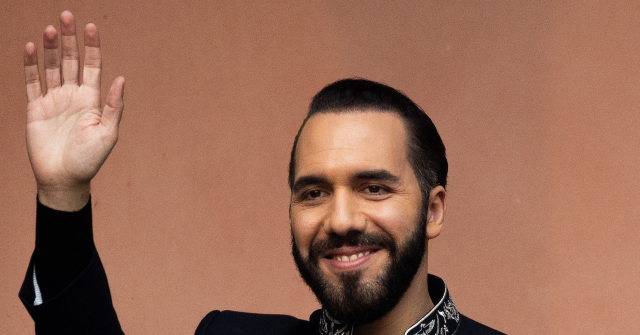A delegation of the International Atomic Energy Agency (IAEA) concluded a six-day safety review of El Salvador’s site selection process for its first nuclear power plant, the agency announced on Monday.
The report of the review, conducted by a mission of IAEA’s Site and External Events Design Review Service (SEED), will be delivered to the Salvadoran government within three months.
President Nayib Bukele announced in March 2024 that his administration had initiated the process to gain the IAEA’s approval for the use of nuclear energy. Following an initial May 2024 draft assistance meeting with IAEA representatives, El Salvador passed a Nuclear Energy Law in October for the peaceful application of nuclear technologies and fuel.
In February, during Secretary of State Marco Rubio’s official visit, El Salvador signed a memorandum of understanding with the United States on nuclear energy in which the U.S. committed to help El Salvador “in the development and implementation of energy solutions that will contribute to energy security in El Salvador and favor mutual cooperation in areas such as national security, nuclear energy, advanced technology, and radioactive waste disposal.”
As part of IAEA’s framework, a SEED mission travelled to El Salvador at the request of its government and held a six-day review of the country’s site-selection process between May 26-31, marking the first mission of its kind to visit the country.
The SEED mission was composed by three experts from Japan, the United Kingdom, and the United States, and also included two IAEA staff members. The delegation reviewed the site selection report and siting process and criteria, and the data collection process for siting activities. According to the IAEA, the delegation observed two candidate sites: one in Chalatenango, located some 24.8 miles northeast from the capital city of San Salvador, and the other in San Vicente, located some 43 miles away from the capital.
“We confirmed that CEL [Executive Hydroelectric Commission of the Lempa River] independently developed exclusion criteria for site screening and effectively narrowed down the areas of the country with the lowest external hazard risks. This can be considered a good practice for minimizing risks,” Kazuyuki Nagasawa, Senior Nuclear Safety Officer at the IAEA and SEED mission team leader, said.
Last week, Salvadoran Energy Director Daniel Álvarez said that the two sites were equipped with all necessary characteristics to determine a potential site for the development of a future nuclear facility. Álvarez also serves as ad honorem director of El Salvador’s Agency for the Implementation of the Nuclear Energy Program (OIPEN).
IAEA further detailed that its delegation provided recommendations to improve the quality and to optimize the site selection process, aiming to select the most favorable site. The recommendations, the agency explained, include seismic, flooding, and volcanic hazard assessment, stressing that it is also important to “balance site characteristics with specific design features, site protection measures, and administrative procedures from the early stages of the site selection process.” El Salvador is located near a fault line and is home to a sprawling range of volcanoes, making it the site of significant seismic activity.
“From the early stages of the site selection process, we have been guided by the technical guidance of the IAEA, rigorously applying its physical safety standards to ensure that this process follows a technical, transparent, and responsible approach for all Salvadorans,” Minister Álvarez said.
IAEA said that both OIPEN and the CEL will continue to receive technical support from the agency as they advance from the site selection stage and move into the subsequent site characterization stage in line with IAEA’s Specific Safety Guide on Site Survey and Site Selection for Nuclear Installations, as well as other relevant external hazards assessment safety guides.
If successfully implemented, El Salvador will become the first Central American nation to use nuclear energy and the fourth in Latin America, following Mexico, Brazil, and Argentina.
Christian K. Caruzo is a Venezuelan writer and documents life under socialism. You can follow him on Twitter here.
Read the full article here



